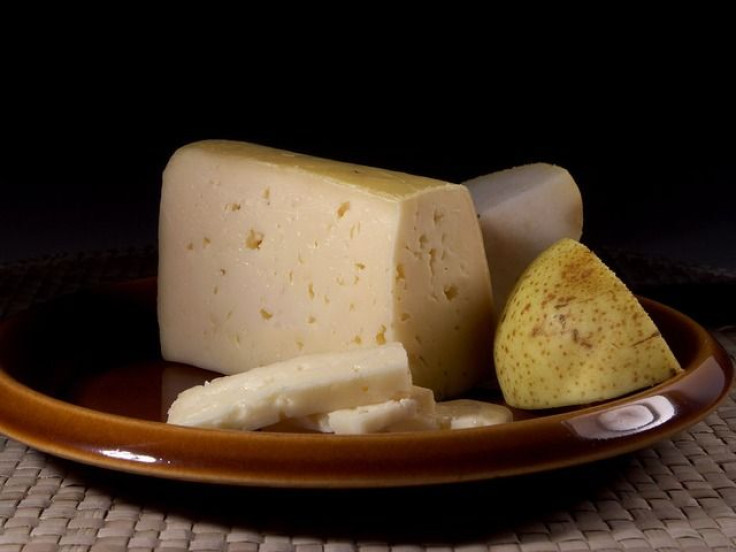Humans Have Been Eating Cheese for at Least 7,500 Years

Researchers have found conclusive evidence for the first time that humans have been making cheese since the 6th millennium BC. That means that humans have been eating cheese for at least 7,500 years.
Researchers had previously found milk residue at archaeological sites in Libya and Anatolia, which is now modern-day Turkey. The milk was traced back to 7,000 years ago in Libya and 8,000 years ago in Anatolia. However, researchers were not able to conclusively determine whether humans were making cheese out of the milk.
The evidence found in Poland is pretty conclusive, however. Researchers thoroughly analyzed fatty acids left in the holes of unglazed pottery at an archaeological site in Kuyavia. The sieves were similar to that of modern-day cheese strainers and, using lipid biomarkers and stable isotope analysis, researchers were able to find that dairy was certainly processed in these vessels. Milk residue was also found in non-perforated bowls, which indicated that the bowls were used together.
In order to be sure, researchers contrasted their findings with the remains of the other bowls. In another bowl, they found the remnants of animal carcasses, indicating that they were used to store meat. Yet another bowl had the remnants of beeswax, indicating that it was used to seal up water.
It was the first time that researchers had discovered that the ancient civilization used bowls for specific purposes.
It was important for scientists to discover that humans had made cheese for two reasons. Cheese was used by agricultural societies to transport milk. In addition, because most humans could not tolerate lactose well, cheese was more easily digestible than milk. Cheese would have been the perfect way to receive the nutritional benefits of milk without much of the lactose intolerance.
The paper was published in the latest issue of the journal Nature. The researchers were a multinational group from the United States, the United Kingdom, and Poland.



























